We are staying at the Hostal Torrelio in Ilo, which is a small city on the southern coast of Peru located in the Moquegua District. The hostal is conveniently located and everything we need is within an easy walking distance. There is a small grocery (Superton) at the corner where in the mornings you are greeted by dogs on the roof of the building sticking their heads out through holes in the store’s sign. We have found a few “favorite” restaurants (alas, no Starbucks or McDonald’s or any other recognizable chains). One of the tallest buildings in Ilo, the 5-storied El Tablon food center, is among our favorites and has a great view over the city and out to the ocean. There are also frequent trips to the Lavanderia Brandon’s where we can get our clothes washed for just a few Sole and it only takes two days.
The hostal is only a few blocks from the rocky shore, where there is an abundance of marine wildlife along the coast, including pelicans, sea lions, egrets and vultures, not to mention, the many stray dogs. The houses and buildings in Ilo are compact, and the town has a cobbled-together look. You will find wooden houses with tin roofs next to modern cement and glass structures, including the occasional fake pagoda exteriors on Chifa (Peruvian-Chinese) restaurants.
Some time ago, the waterfront was developed in anticipation of increased tourist activity to the area (Ilo is still a somewhat popular surfing destination), which never occurred. There are some nice fountains, topiaries, and a children’s park along the water. On Sundays (for a few Soles), you can take a boat from the end of the pier to watch the sea lions on the rocks in the harbor.
Every morning at about 8 – 8:30 a.m. the van picks us up to take us to Centro Mallqui. We have a 20-30 minute ride through the harsh Atacama Desert before descending into the Osmore River Valley to the village of El Algarrabol, where the center is located.
The Atacama Desert is the driest non-polar desert (yes, it is even drier than the Sahara) and has an average annual precipitation of 0.6 inches. By way of comparison, Ann Arbor has average annual rainfall of 37.55 inches, plus 57 inches of snowfall. This area is affected by the Southern Oscillation cycle in combination with El Niño/La Niña, a pattern of ocean currents which affect ocean temperature, precipitation, and changes in air pressure. Currently, it is winter in the Southern Hemisphere. The weather however, is mild; while the WCC students walk around in shorts and t-shirts, our Peruvian colleagues are dressed in heavy sweaters, winter coats and hats.
The Osmore River Valley cuts a vibrant green swath through the 50-shades of tan of the desert. Centro Mallqui sits on the edge of the valley and if you look out the front the view is down and out across the bright green valley; turn around and you look up a steep slope of sand with a few crosses perched near the top. The center itself is a few buildings situated around a courtyard and surrounded by a bright yellow wall with Chiribaya iconography. There is also a very pretty small garden in the courtyard.
Bouncing between our two “homes” has become a very familiar routine, but as we enter our third week, I am anxious to move on to the next portion of our trip – Cuzco, Ollantaytambo and Machu Picchu, and then finally, home.
